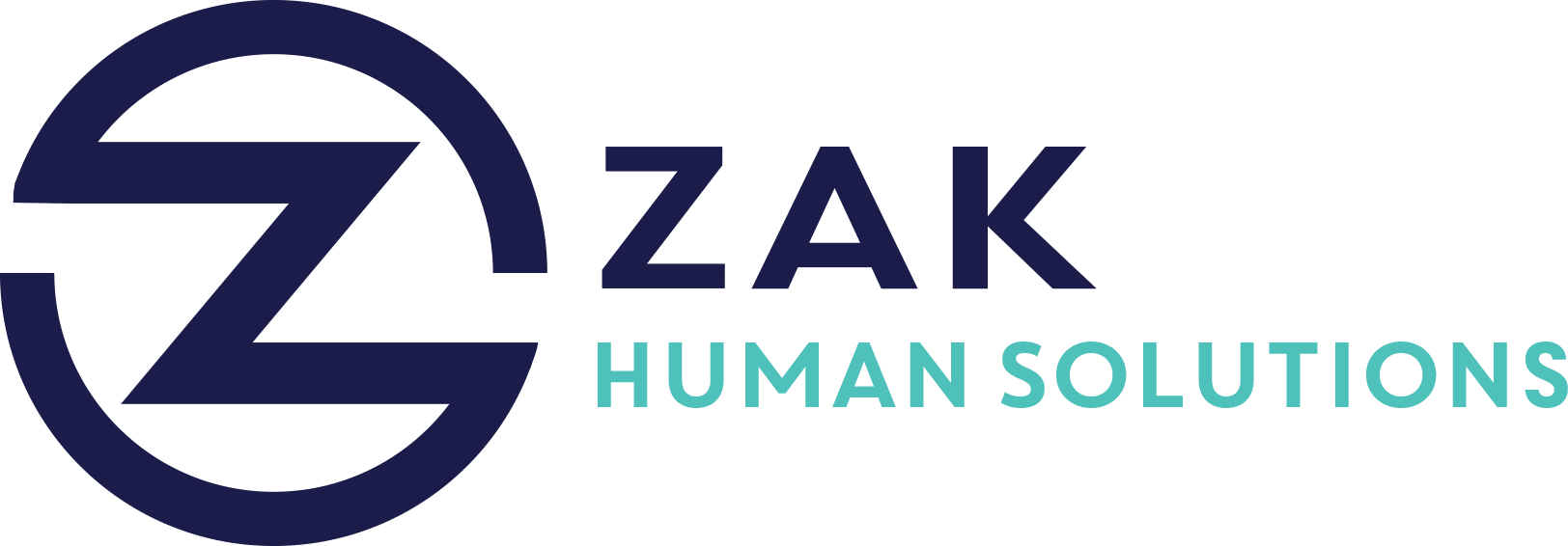Key Takeaways
- Understanding Generational Needs: Companies need to cater to a diverse workforce with varying financial and lifestyle goals due to the presence of five different generations in the current workplace.
- Diverse Financial Support: Offering tailored financial benefits like student loan repayment and retirement savings can meet the specific needs of different employee segments.
- Equity Compensation: Increasingly popular as a retention tool, equity compensation aligns employee interests with company goals and helps retain talent.
- Benefits Education: Effective communication about benefits, using preferred channels for different generations, is crucial to ensure employees understand and maximize their financial advantages.
- Engaging Employees: A more engaged workforce can be fostered by meeting specific needs, providing equitable compensation, and supporting diverse financial education.
As the workplace continues to evolve with the emergence of new trends and challenges, companies are realizing the increasing importance of tailoring employee benefits to meet the diverse needs of their workforce. With five different generations currently co-existing in the workplace, each with unique financial and lifestyle goals, the necessity for personalized and adaptable benefits programs has never been more evident. In this blog post, we will explore the key strategies for effectively catering to a multigenerational workforce, the growing relevance of equity compensation, and the vital role of benefit education in fostering employee engagement.
Understanding the Generational Mosaic in the Workplace
The modern workplace is a melting pot of generations, each bringing distinct characteristics and preferences. These include:
- The Silent Generation: Although largely retired, a few remain active in the workforce. Their benefits preferences lean towards comprehensive health coverage and retirement savings.
- Baby Boomers: Often focused on retirement planning, they value benefits that support their transition out of the workforce.
- Generation X: Known for their independent mindset, they appreciate flexible benefits that allow them to manage work-life balance.
- Millennials: Seeking career advancement, they favor benefits like mentorship programs and professional development.
- Generation Z: As digital natives and newcomers to the workforce, they prioritize student loan repayment assistance and career growth opportunities.
Tailoring Benefits for a Diverse Workforce
To cater effectively to this broad spectrum of needs, companies should consider the following strategies:
1. Customized Financial Support
- Student Loan Repayment: Programs that help ease the burden of student debt can be particularly attractive to younger employees, like Millennials and Gen Z.
- Retirement Savings Plans: Offering diverse retirement savings options, such as 401(k) matching, can appeal to both older generations and those beginning to plan early.
- Financial Counseling: Providing access to financial advisors or planning tools can aid employees of all ages in making informed financial decisions.
2. The Rise of Equity Compensation
Equity compensation has gained traction as a valuable tool for employee retention. Here’s why:
- Shared Success: By aligning employees’ financial interests with the company’s performance, equity compensation motivates them to contribute to the company’s success.
- Long-Term Engagement: Providing stocks or options fosters a sense of ownership and encourages employees to invest in the company’s long-term vision.
Effective Communication of Benefits: Bridging the Generational Gap
A crucial component of an effective benefits strategy is ensuring employees are well-informed about what is available to them. Here’s how:
1. Multi-Channel Communication
- In-Person and Digital: While Baby Boomers may prefer in-person meetings, Gen X may lean towards webinars, and Millennials and Gen Z often favor digital content such as videos and social media.
- Diverse Content Formats: From podcasts and articles to interactive workshops, offering a range of content formats can increase employee engagement.
2. Creating a Year-Round Communication Strategy
Maintaining a regular flow of information about benefits options ensures employees are continuously aware of their choices and how to maximize them. This can include:
- Periodic Updates: Regular newsletters or updates on intranet platforms can remind employees of available benefits.
- Educational Resources: Hosting informational sessions or providing access to online courses can empower employees to fully utilize their benefits.
Engaging Employees for a Thriving Workplace
A comprehensive and tailored benefits program not only aids in recruitment and retention but also boosts overall employee satisfaction and productivity. By meeting specific needs, offering equitable compensation, and enhancing financial literacy, companies can cultivate a more engaged and motivated workforce poised for success.




